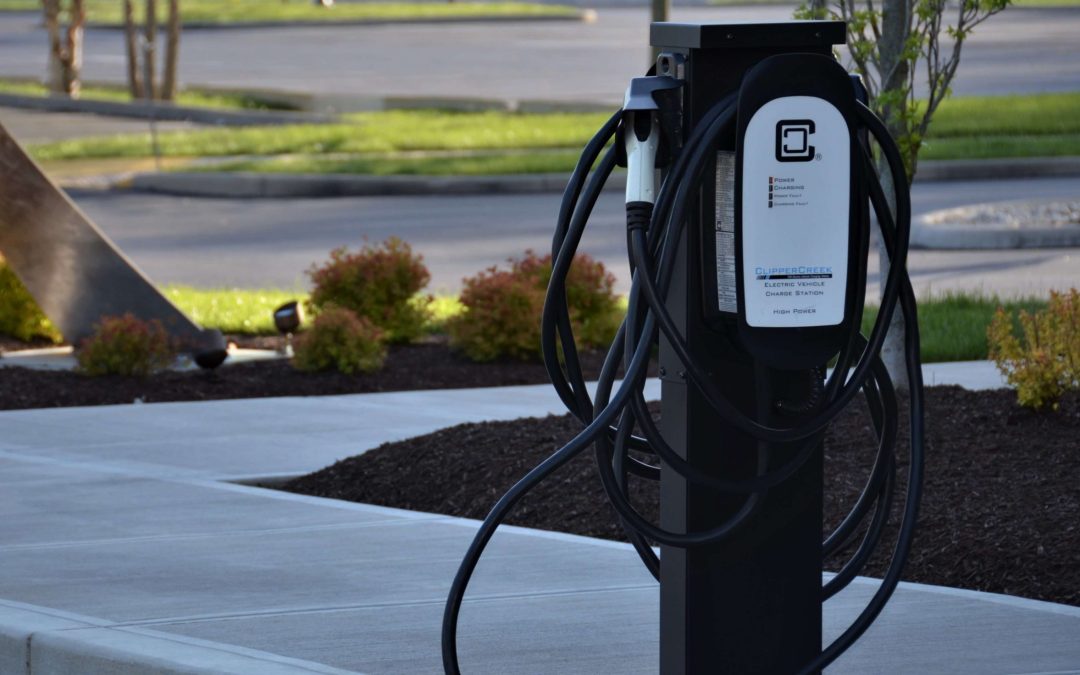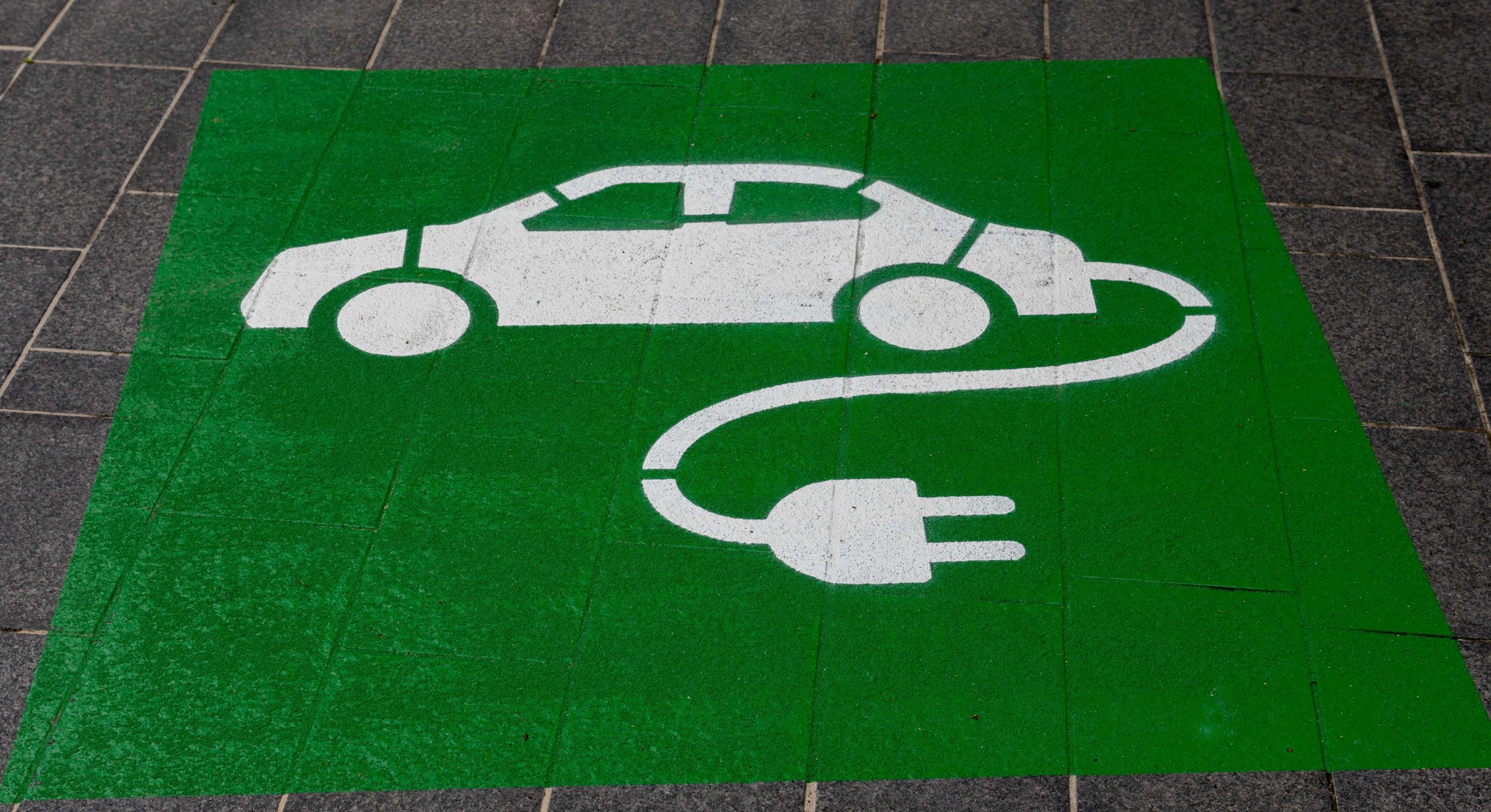To the 2 million farmers across the United States: We understand the struggle. In the aftermath of the COVID-19 pandemic, many of you have faced challenges in maintaining profitability and ensuring the future of your farms. The burning question now is, how can you produce a steady source of income in these turbulent times? The answer may surprise you: By adopting electric vehicle charging stations.
Why Should Farmers Adopt Electric Vehicle Charging Stations?
1. Rising Popularity of Electric Vehicles: In 2022, the U.S. had a staggering 5 million electric passenger vehicles on the road. The trend shows no signs of slowing down. In the first quarter of 2023 alone, over 2.3 million electric cars were sold, marking an increase of roughly 25% from the same period last year. The International Energy Agency (IEA) further projects that EV sales will constitute 18% of all car sales this year. As EVs become the norm, the demand for charging stations will grow exponentially, especially in rural areas.
2. Significant Savings for Rural Drivers: Rural drivers can pocket up to $870 annually by switching to electric vehicles. These savings, combined with the increasing affordability and variety of EVs on the market, make it inevitable that rural drivers will soon join the electric revolution.
3. Secondary Revenue Stream: EV charging stations aren’t just about providing a service; they’re about business. With a steady stream of drivers stopping by to charge, the opportunity for direct sales of farm produce, goods, and services increases.
Unlocking Grant Opportunities: Your Path to Sustainability and Profit
1. Federal Community EV Charging Grants:
– What is it? The U.S. Department of Transportation, in collaboration with the Joint Office of Energy and Transportation, has earmarked a whopping $700 million to assist communities, farms included, in establishing and maintaining EV charging stations.
– What’s in it for you? If your application is successful, this grant will cover costs associated with your charging station for up to five years post-setup.
2. National Electric Vehicle Infrastructure Formula Program (NEVI):
– Program Insight: Under the BIL plan, NEVI has allocated a colossal $5 billion to aid in the deployment of EV charging stations from 2022 to 2026. The goal? A widespread charging network spanning the nation, ensuring EV drivers are never far from their next charge.
– What’s the catch? If your farm is strategically located near designated Alternative Fuel Corridors, there’s potential for you to host rapid chargers at intervals of roughly every 50 miles.
In Conclusion
Farmers are the backbone of our nation, and while times have been tough post-COVID-19, the silver lining could very well be the electric vehicle wave. With millions of EVs already on the road and millions more expected in the coming years, the demand for rural charging stations will surge. By tapping into this opportunity and leveraging available grants, farmers can not only cement a place in the green revolution but also ensure a steady, sustainable income stream for years to come. Don’t be left in the dust – electrify your farm’s future today.








